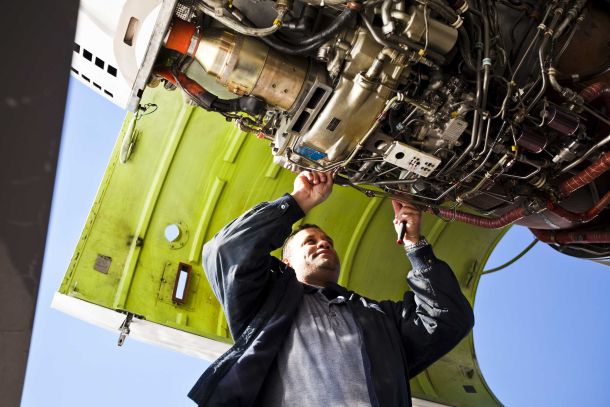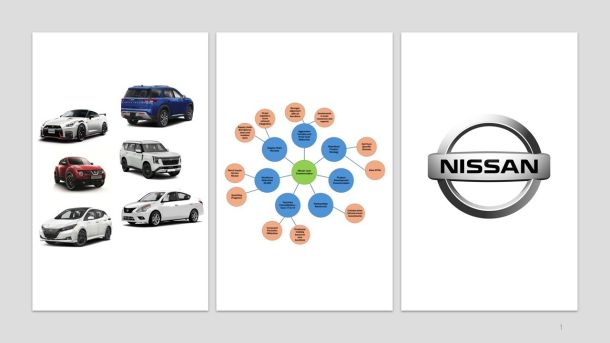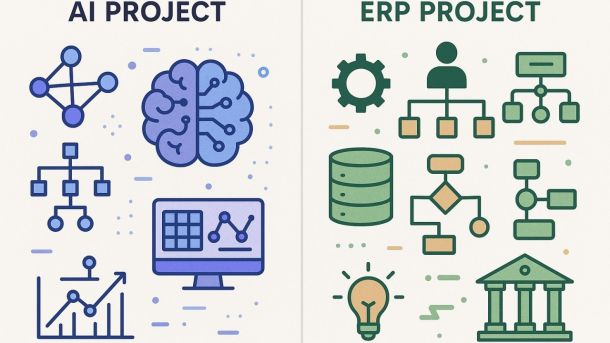Go First & Wizz Air - When Sourcing & MRO Strategies Breakdown.
When Go First entered the Indian market under the Wadia Group as GoAir, profits appeared all but guaranteed. It was 2005 and rising disposable incomes among India’s middle class had fueled a considerable boom in the civil aviation industry. With its ultra-low-cost model and promises of reliability and affordable fares, the company seemed poised to succeed.

Its strategy, value proposition and target customers were all crystal clear. GoAir’s cautious, value-for-money positioning looked shrewd, with a focus on a lean cost structure, point-to-point connectivity on domestic routes, and steady rather than reckless expansion.
From the Start, Not an All-stars Performance
The model initially delivered results. Unlike Kingfisher Airlines, which overextended itself with premium services and unsustainable debt, GoAir’s frugal approach allowed it to post profits in its early years and carve out a niche as a stable operator, capturing a steady, albeit modest, market share of 8–10% by 2010. A good start? Probably.
Yet the very conservatism that shielded GoAir in its infancy soon became a competitive disadvantage. Rivals such as IndiGo, launched just a year later, bet aggressively on scale, placing massive aircraft orders and capturing double-digit market share, GoAir still remained a small player, never commanding hardly 10% market share. By the time it rebranded itself as Go First in 2021 to signal a more ambitious, ultra-low-cost identity, the gap was growing wider.
Sourcing & MRO (Maintenance, Repair and Overhaul) Strategic Mistakes
But the more fatal strategic misstep was not one of scale but of dependence. GoFirst’s choice to rely exclusively on Pratt & Whitney engines was, no doubt, pragmatic but ultimately proved catastrophic. The engines began to fail at alarming rates and by late 2022, roughly half of the airline’s fleet was grounded due to persistent engine problems. An idle aircraft generates no revenue. The company was still obliged to make lease payments and cover parking and maintenance costs. The sourcing strategy, and MRO by design, were breaking down.

The result was a mounting cash drain that pushed the carrier deeper into debt, and attempts to hold Pratt & Whitney accountable through arbitration yielded little immediate relief. Despite a ruling in Go First’s favor, replacement engines never arrived in time to stabilize operations. The airline struggled to raise capital; their planned IPO stalled, investor confidence eroded, and even a last-ditch attempt from the Wadia family to stave off decline through 30-billion-rupee infusion failed.
In April 2023, Go First had to ground more than 50% of its 54 Airbus 320neos fitted with P&W engines. Engine failures have cost Go First 108 billion rupees in lost revenue and expenses (as quoted by company sources interviewed by Reuters).
Go First’s strategy was a flawed one that failed to plan for any flexibility or resilience. No doubt, it was a death knell for a market as competitive and volatile as India’s. Overreliance on a single supplier left it dangerously exposed to technical shocks, while weak financial buffers and wavering brand confidence meant it could not withstand- if you’ll excuse an aviation pun- turbulence.
Losses eventually swelled and eroded the company’s P/L.

Was it bad luck or does the history of strategy repeat itself?
Go First’s mistake of depending on a single, faulty technology is not an isolated one. A strikingly similar example can be found in Wizz Air Abu Dhabi, which also bet heavily on the Pratt & Whitney geared turbofan engine.
Wizz Air, the low-cost European carrier’s Gulf subsidiary, was launched in 2021 to capitalize on the Middle East’s burgeoning travel market. With lean costs, dense seating, and reliance on a uniform fleet, the airline promised efficiency and scale, much like Go First, yet the same strategic bet undermined its promise.
A significant portion of Wizz’s Airbus A321neo fleet was forced out of service due to the very same engine problems that crippled Go First. At one point in 2023, close to a third of Wizz’s global fleet was grounded, leading to widespread cancellations, compensation claims, and a serious dent in financial performance. Like Go First, Wizz Air Abu Dhabi discovered that cost efficiency on paper meant little when operational resilience loses steam. By committing fully to a single supplier in pursuit of short-term savings, both airlines exposed themselves to catastrophic vulnerability when that supplier failed to deliver. The lesson, repeated across geographies, is that business and operating models overly reliant on technical uniformity can collapse under the weight of a single point of failure.
Snowballing towards the cliff
The operational turbulence quickly fed into reputational damage. Go First had pitched its rebrand as a promise of affordability and dependability, yet passengers faced frequent cancellations and last-minute schedule changes. Brand equity, once built on cautious reliability, deteriorated rapidly. Internally, leadership churn compounded this instability as the airline cycled through nine chief executives in less than two decades.
In May 2023, Go First filed for bankruptcy protection, blaming Pratt & Whitney engine supplier for its collapse. Without fresh capital or restored fleet capacity, there was little prospect of revival. In January 2025, India’s insolvency tribunal ordered liquidation, bringing an end to the country’s 11th airline failure in little more than a decade.
Final reflection — In reality, a company strategy is a mesh of strategies.
A company’s overall strategy success depends on its functional strategies, each formulated and executed to serve marketing, operations, sourcing, human resources, and finance. The rigor of the company’s strategy execution depends heavily on how effectively each functional strategy delivers and, more importantly, how well all these strategies are aligned are integrated. Sometimes, the total collapse of one functional strategy can force the entire business model to fail. In aviation industry, it meet seem intuitive to rely on one supplier, but intuition fails to save a company when the sole supplier does not perform.
Sources:


